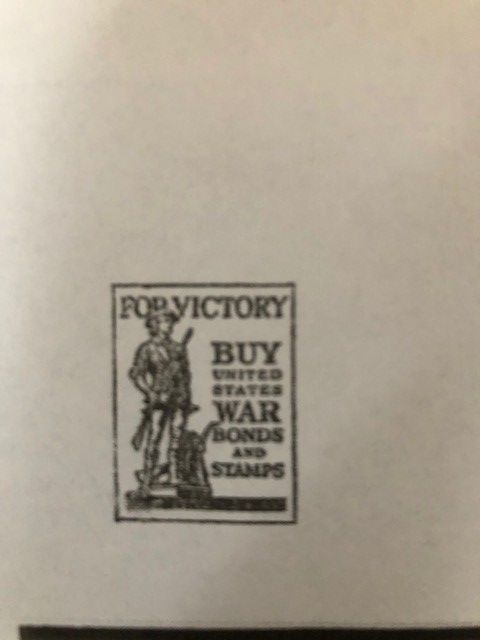Maria Mitchell In Her Own Words
Maria Mitchell, ca. 1865
Charleston April 23. This place has a look of a city somewhat like Boston in its narrow streets but unlike Boston in being quiet as is all the south . . . . We left Savannah at about 6 p.m. and in nine hours were at the wharf of Charleston . . . .
The reading” matter of different parts of the country differs widely. Peculiarities force themselves upon you. At the west, maps of Kansas and Nebraska thrust before your eyes everywhere. At the South Miss Murrays letters are in every book store, tho’ you may ask in vain for Mrs. Browning’s poems. But everywhere Boston and New York are the standards of excellence. Boston seems to me more talked of at the South than New York. It was evidently the admiration of the South for its education and the horror for its irreligion . . . .
April 28. Charleston. Nothing can exceed the hospitality shown to us. We have several invitations each day and calls without much limit . . . .
April 29 . . . . Charleston is full of ante-revolution houses and they please me. They were built when there was no hurry. They were built to last. They have lasted and they will last yet for the children if their present possessors . . .
Maria Mitchell traveled into the American South and West in 1857 as a young woman’s chaperone and governess. Prudence Smith was her charge and they also travelled to Europe in 1857 and 1858 – the American tour being the first leg of their two year plan. I include this snippet from Maria’s journals in part because of her mention of the homes in Charleston. It coincides nicely with the fact that we just completed re-shingling the southern façade of Mitchell house on April 12th. And, I like her comments about Boston and New York and her quest for Elizabeth Barrett Browning’s poetry. While these are light, she would later make more strongly worded negative comments about the South.
JNLF
Recent Posts





